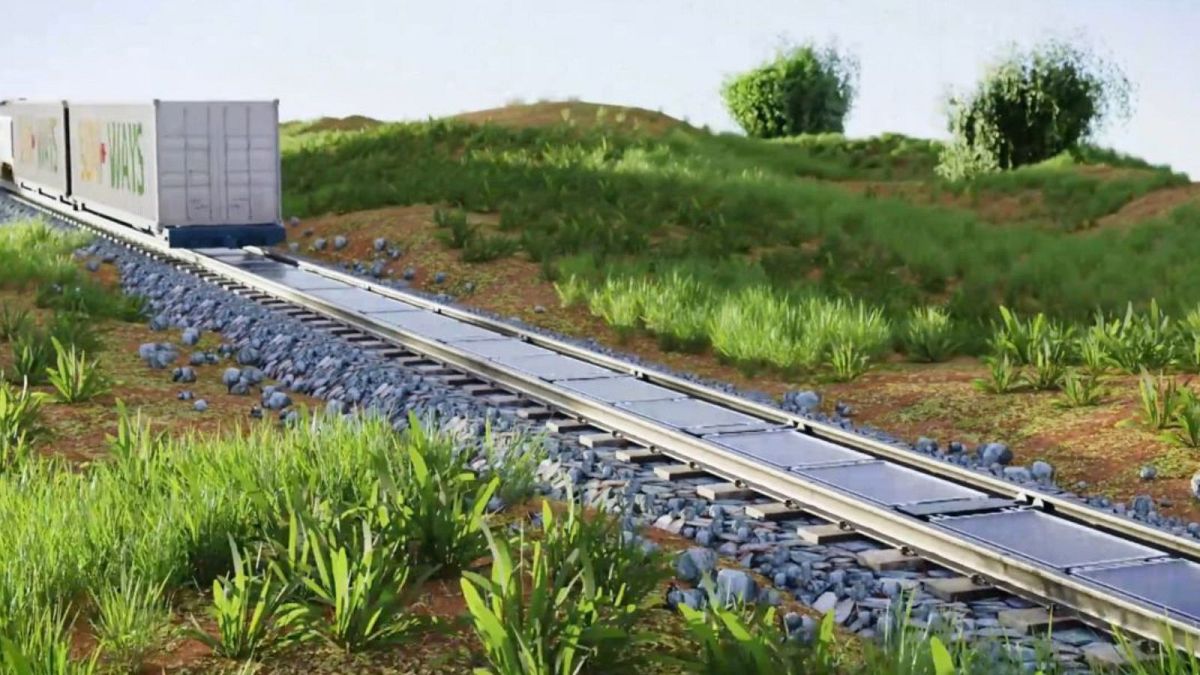I’m all for putting solar panels all over the place, but won’t these get dusty and oily and need loads of cleaning after trains pass over?
Also, costing €623,000 over three years sounds rather expensive for just 100m (although that roughly equates to 11KW).



I’ll try to track it down, but am kind of having a hard time finding their methology for those stats. Which ones do you think are unsure about? the 20MWh/year/hectare biomass, 800 MWh/year/hectare solar or the energy loss through stroage with batteries/hydrogen? Or something else?
I’ll try a bit further to find their specific methology when i find the time. But for the solar part i also did a quick google search and found for example this paper. To quote from their conclusion:
It is about the US and not Germany, but i wouldn’t expect there to be massive differences. If we assume that Germany has slightly worse conditions for solar, then 800MWh/year/hectare seem in the right ballpark.
It was more the relation between them (40x) that struck me as bigger than I expected given the relative performance between photovoltaic and photosynthetic efficiency.
If they compare 1-year crops for human consumption, there will be a lot of tilling, sowing etc. but then we compare two different use cases with different purposes.
Wood intended for burning for district heating, where the heat is taken care of with high efficiency, would be an energy usage more akin to electricity. In that case I would expect the harvesting and transportation part to be different.
As a swede, energy usage in the winter is warm at heart which is something that is hard to compare and muddles the numbers. In Dec-Jan energy (kWh) output from solar is at best 9-10% of their peak output during summer at my latitudes, (further north, this goes towards zero as there is no sunlight in winter), so with that in mind, the stored 20MWh/hectare, available round the clock, looks apetizing until we find a better solution to store energy.
Honestly i was suprised aswell by the difference. I did some further digging and while i think i found the german source they used, it was a bit harder to comprehend.
But i also looked at this paper which forexample seems to support the rough numbers for energy/hectare biomass (it’s also on scihub if you dont have institutional access). It’s using fast growing tropical tree varieties as an example, but i imagine that if anything this would influence results favorably for biomass. If you look at figure 5 the yield is between 15-25 MWh/hectare.
Yeah, in the end there probably isn’t one solution. In Sweden for example area efficiency probably doesn’t matter as much due to your low population and large areas of woodland (that wouldn’t be suitable for much else). And you are right that PV probably wouldn’t work, so wind/hydro or maybe even tidal power generation would be the more appropriate competitors to compare biomass to, although those have more specific needs in terms of location.